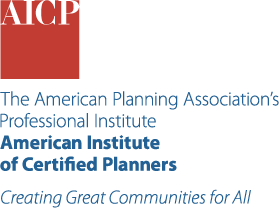Innovation Districts in the New Suburbia
For only $180, get a full year of unrestricted access to APA's extensive learning library. Kickstart your journey by subscribing to Passport, then take the next step by enrolling in the courses that pique your interest.
Certification Maintenance
What You'll Learn
- How to create and implement a successful innovation district
- How employers, particularly tech-related firms, make decisions on location
- What an innovation district is and best practices for establishing one
More Course Details
Much has recently been written about the innovation district, geographic areas where top anchor institutions and companies both locate to connect with start-ups and growth-stage firms. Innovation districts occur organically or are developed as master planned areas, with urban places like Boston's Kendall Square and St. Louis's Cortex reflecting recent best practices. In addition to the presence of academic or institutional anchors and businesses, these districts are typically dense, amenity-rich, and walkable live-work-play areas.
In Nassau County, New York, the model for suburbia, the concept of a "Biotech Innovation Park" was proposed at the Nassau Coliseum site, a 77-acre area filled with acres of parking lots. On behalf of the Long Island Index, a group collaborative developed a proposal to create a true innovation district in the heart of old suburbia by recommending a program consisting of denser multi-family housing, additional office space, robust transit, and retail amenities. How can the suburbs — which once housed job-producing research parks — transform their communities to innovation districts, attracting employers and young workers who crave a vibrant, urban experience?


